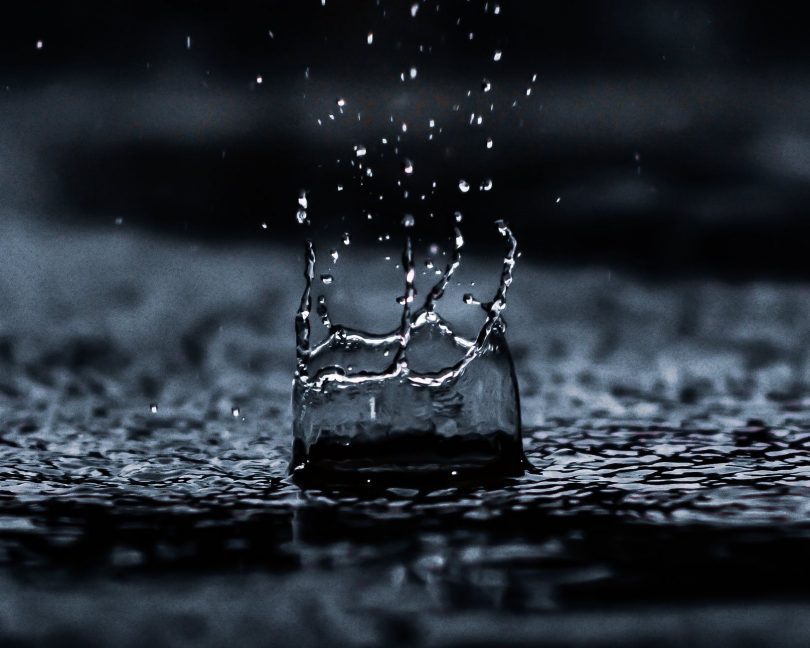Imagine having a water reserve in your home instead of relying on water supply services that cost big bucks. Now, from a water reserve, we don’t mean you should dig a well in your backyard or play with chemicals to “make” water. Instead, we’re hinting at storing rainwater and using it for multiple chores around the house. Since rainwater isn’t loaded with chemicals and pollutants, plus it’s free, harvesting it is a brilliant idea.
When a considerable percentage of the population suffers from water shortage, opting for sustainable water storage solutions is inevitable. No worries if you’re new to harvesting water and don’t understand rainwater harvesting techniques because this guide is enough to get you started. So, if you’re interested in playing a positive role in nature conservation and having a water reservoir in your home, read on to know more about rainwater harvesting!
What are the Benefits of Rainwater Harvesting?
Before you indulge in rain water harvesting techniques, understanding the benefits of this practice is smart. Whether you want to start harvesting water as a hobby or are facing water shortage issues, here’s why rainwater harvesting is good for you and the planet:
Overcome Water Shortage
Sure, almost a three-fourth part of our planet is water, but that doesn’t mean our water needs are covered. A big percentage of the population cannot access fresh water, and even if they do, it’s not enough. Therefore, environmentalists and nature lovers emphasize a sustainable lifestyle. Luckily, you can use rainwater for multiple tasks in the house (and even commercial purposes) to detach yourself from the overall water shortage.
Reduce Urban Overflow
When there are no rain water harvesting techniques in play, all that water the earth is showered with goes down the drain (quite literally). As a result, cities’ drainage systems overflow, and there’s more than usual waste after rain. So, instead of letting the rainwater go to sewers, you can store it and reduce urban overflow.
Decrease Water Bills
If your home’s water supply bill keeps getting bigger, it’s time you do something about it. Instead of paying for all your water needs, harvesting water should be your priority. With efficient rain water harvesting techniques and some supplies, you can save on the water bill every month.
Smart Sustainability Practice
If you’re concerned about the planet’s deterioration, play your part by saving and using lesser water. Once you get the hang of rain water harvesting techniques, you can play a positive role in saving the planet and its water reserves.

What do you need to Start Rainwater Harvesting?
Remember one thing: you’ll need some supplies and patience for successfully harvesting water because our homes aren’t usually built to do so. Most of this water enters the drain from the down sprouts, and then we never see it again. Once you make your mind to collect and use rainwater, here’s how you can do it:
1. Gather the Essentials
Harvesting water and diverting its course is tough work – you’ll need a proper system for that. If you’ve seen some commercial rain water harvesting techniques and think you’ll also need a complicated apparatus, that’s not the case. You can start harvesting water at home with these simple supplies:
Rainwater Collecting Barrel
A rainwater barrel is a container you use to gather the water flowing down from your roof gutters and down sprouts. If the region you live in receives plenty of rainfall, get a large water collecting barrel to ensure nothing goes to waste. The you pick should be big enough to hold the surplus water, which you’ll later supply into the system. Make sure this container has spigot and hose attachments so that there’s no supply-related problem later.
Rainwater Diverter Kit
The water coming down from your rooftop usually enters the gutters and sprouts. But once you start harvesting water, you’ll need a diverter kit to hold this overflow. A rainwater diverter kit will be plugged into your home’s main down sprout; you should pick one according to its size. Depending on the pipes in question, you can either get a or a 3x4” rainwater diverter kit. Most residential properties have 2×3” down sprouts while the commercial ones have wider supply pipes – you can confirm that with a measuring tape and get the diverter apparatus accordingly.
Rainwater Supply System
Once your rainwater diverter and barrel are in place, the next step is to set up a supply system for your home. If you plan on using this harvested water for gardening, you’ll have to link the barrel with your garden beds or hoses. But if you’ll be using this water in the bathroom or laundry room, you’ll have to attach the barrel with other pipes. Since cutting a rejoining water supply pipes is tricky, you might need professional assistance for linking the rainwater system with other channels.

2. Specify the Uses of Rainwater
If your rainwater barrel, diverter, and hoses are all set, you’re free to use this harvested water for multiple purposes in and outside the house. The only thing you should avoid is drinking this harvested water because it can be unsafe for your health. Other than that, this water is good to go for these purposes:
Gardening
Whether you have a permaculture garden or are interested in developing a kitchen garden in your home, rainwater will suit it the best. Using the harvested water for gardening shows your interest in sustainability and reduces your expenditure on garden maintenance. All you need for this purpose is a hose that transports water from the big barrel to garden beds, flower pots, and trees.
Car Washing
If you’re concerned about the amount of water used during car washing, experimenting with rain water harvesting techniques is your best bet. You can store rainwater in a large container, connect the garage hose with it, and wash your car without feeling guilty about water waste or cost. Cool, right?
Toilets
Instead of using fresh supply water in toilet bowls, you can connect that pipe with your rainwater barrel and reduce a significant percentage of everyday water waste. But remember that you’ll need professional help for safely connecting toilet bowls with the barrel sitting in your garden.
Laundry Room
Using rainwater in the laundry is another smart practice you can implement in your home to reduce everyday water waste. Again, you’ll have to carefully connect the rainwater container with your laundry room’s supply pipe. But once you’re through this step, you’ll like how this effort cuts your monthly water consumption.
3. Keep Your System Clean
No matter if you’ve opted for one of the most sophisticated rain water harvesting techniques or all you have is a barrel and a hose, keeping it clean is mandatory. You don’t want leaves and dirt in the water you’re using for doing laundry or bathing. A good-quality rainwater container will have a mesh layer to keep these objects at bay and ensure the water inside is always clean. Besides that, emptying this barrel once a month and rinsing it is also good. If you keep this system clean, you won’t have to deal with moss, algae, and dirt buildup.
4. Enjoy your Private Water Supply System
Rain water harvesting techniques sound complicated initially, but once you have the necessary supplies, you’ll surely enjoy this process. If you follow the above-listed steps, you can enjoy your private water supply system and cut the monthly bills in the long run.
Summing Up
So, are you ready to adopt a sustainable hobby? If so, start harvesting water and use it for everyday life chores without negatively impacting the environment. Rainwater is safe for most purposes (except drinking and sometimes cooking), and you can create a reliable system in your home with some effort. You might have difficulty understanding this mechanism initially, but this is a fun and rewarding hobby for sure!
If you’re interested in more hobbies to start, check out this post on glass jewelry making!







